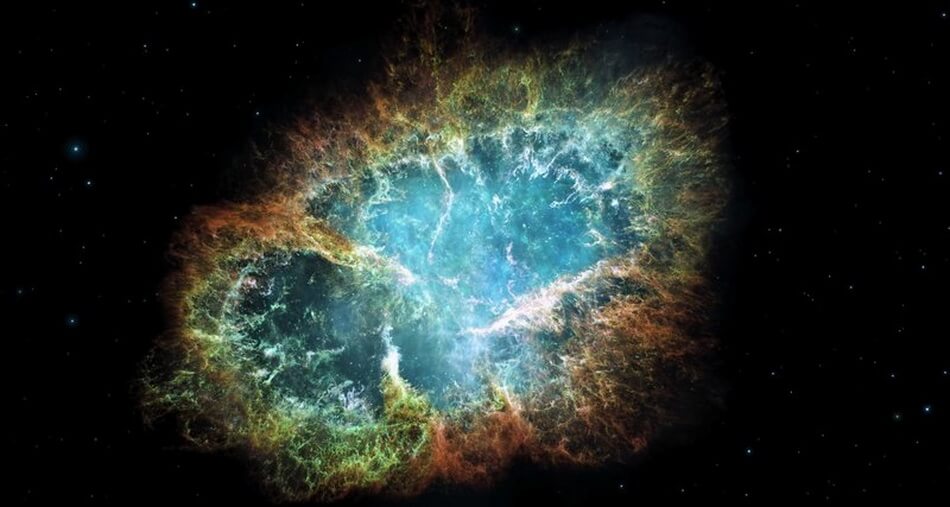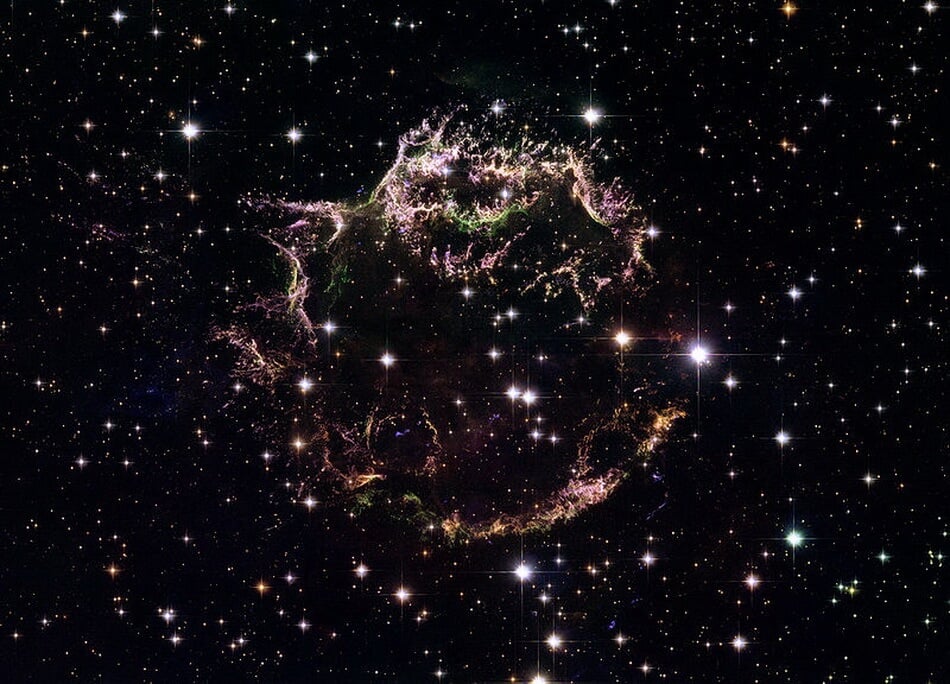
The crab nebula
Exploring space in search of signs of life astronomers, as a rule, pay attention to the presence and concentration of such chemical elements as carbon and oxygen. However, another element that has a very important meaning, at least for life on Earth, can be the key to the discovery of systems within the milky Way, with suitable conditions for the existence of living organisms.
“Phosphorus is one of six chemical elements, which depends on biology. Other elements are: carbon, hydrogen, nitrogen, oxygen and sulfur. Without phosphorus, not the appearance of adenosine triphosphate (ATP), which is of great importance in the exchange of energy and substances in organisms”, — quotes the words of Popular Mechanics, Jane greaves, astronomer, Cardiff University in Wales (UK).
Phosphorus is a relatively rare element in the Universe and the rarest of the six required for the life that surrounds us. In trace amounts it is synthesized during the thermonuclear reactions in the interiors of stars, however, the main source of phosphorus in the Universe are supernovas. It is believed that the mass of matter in the Universe phosphorus is only 0,0007%.
However, a new study by an international group of scientists suggests that some supernovae produce less phosphorus than others, and in General, its content in the Universe may be less than anticipated and, therefore, places where it is sufficient for the origin of life — also less.
To such conclusions researchers came after examining the two nebulae, Cassiopeia A and the crab nebula. Early results show that the crab nebula contains much less phosphorus than in Cassiopeia A.

Cassiopeia A
The difference in phosphorus content has surprised scientists, because computer models suggest that the two nebulae were formed from the same type of the supernova and, therefore, should contain a similar amount of this element. Understanding the reasons for this difference can help us to understand how in the Universe are distributed vital chemical elements.
According to one of assumptions, this difference may mean that not yet known to science processes during supernova explosions lead to more or less rapid synthesis of some elements. It is also possible that the discrepancy is due to the difference in the two nebulae in age. The light from the supernova explosion that produced the Crab nebula, made the Land about a thousand years ago. Certificate is preserved in Chinese Chronicles, composed of not less than one thousand years ago. In turn, the light of the exploding star that produced the nebula of Cassiopeia, reached the Earth only 300 years ago. And no information about the earlier period of observations we have.
“Maybe, phosphorus and its compounds, introduced in the crab nebula, could move from the gas phase into a solid. At least this could explain the difference of the two spectra of gaseous nebulae”, say the researchers.
However, perhaps more simple explanation: when the telescope of William Herschel in Hawaii was directed at the Crab nebula, the sky was cloudy, and it could distort the measurement results.
Insights about the different phosphorus content in supernova remnants has yet to be tested, say the authors. This can help a new space telescope “James Webb”, the launch of which, by the way, recently postponed again. The device will be intended for observation in the infrared range and, as scientists believe, are ideal for level measurements of phosphorus content in supernova remnants. However, if you find that the above conclusions are correct, it would mean that life in the Universe has even less chance than we thought.
A deficiency of phosphorus in the Universe reduces the chances for extraterrestrial life
Nikolai Khizhnyak